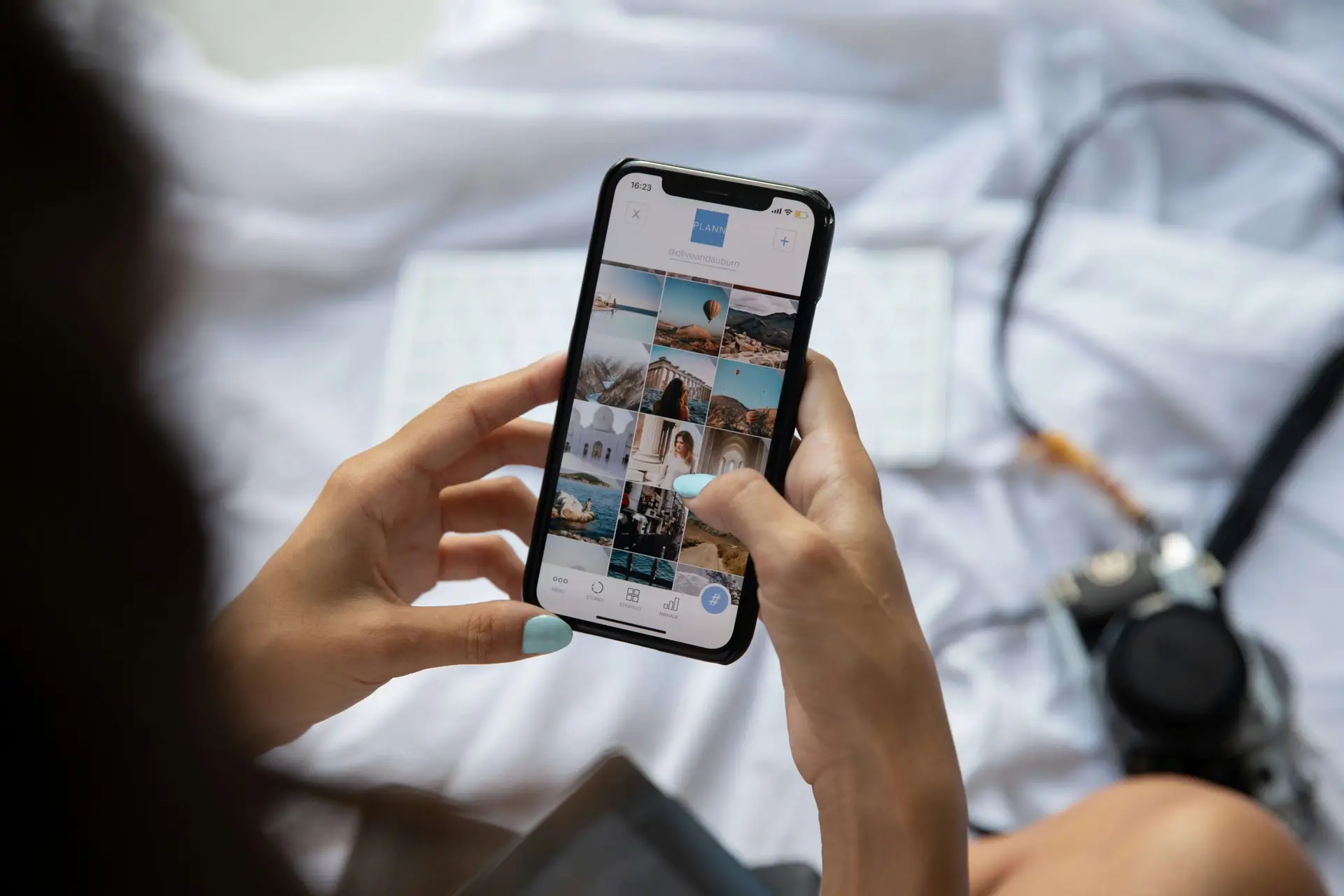In today’s fast-paced digital world, many of us find ourselves glued to our screens, endlessly scrolling through social media feeds, news updates, and other online content. While scrolling can be entertaining and informative, it also has a darker side that can negatively impact our mental health, relationships, and productivity. This blog post explores the hidden dangers of doomscrolling and offers practical strategies to help reclaim your time and well-being.
The Science Behind Scrolling
The Psychological Impact
Endless scrolling can have significant psychological effects. Studies show that constant exposure to social media can lead to decreased attention spans and increased anxiety. The brain’s reward system is triggered by the endless supply of new information, making it difficult to stop scrolling. This constant stimulation can lead to feelings of restlessness and dissatisfaction.
Attention Span and Anxiety
Research indicates that excessive screen time can reduce our ability to focus. A study published in the Journal of Behavioral Addictions found that individuals who frequently use social media have shorter attention spans. Additionally, the constant comparison to others’ curated lives can contribute to feelings of inadequacy and anxiety.
Real-life Examples
Consider the case of Sarah, a freelance graphic designer who found herself struggling with anxiety and decreased productivity. By recognizing the negative impact of her scrolling habits, she implemented mindfulness techniques and set boundaries around her screen time. Over time, she noticed a significant improvement in her mental health and work efficiency.
The Social and Professional Impact
Personal Relationships
Excessive scrolling can strain personal relationships. When we spend more time on our devices than engaging with loved ones, it can create feelings of isolation and neglect. Prioritizing face-to-face interactions and setting aside designated screen-free times can help strengthen these bonds.
Professional Productivity
In the workplace, endless scrolling can lead to decreased productivity. Constant distractions from social media notifications can disrupt workflow and reduce the quality of work. By implementing time management strategies and using productivity tools, professionals can minimize these disruptions and enhance their performance.
Overcoming Negative Effects
John, a content creator, realized that his scrolling habits were affecting his creativity and focus. By setting specific times for social media use and using apps to limit his screen time, he regained control over his digital consumption. This change allowed him to produce higher-quality content and maintain a healthier work-life balance.
Strategies for a Healthier Digital Lifestyle
Setting Boundaries
Creating clear boundaries around screen time is crucial for maintaining digital well-being. Designate specific times of day for social media use and stick to them. Consider implementing screen-free zones in your home, such as the bedroom or dining area, to encourage more meaningful interactions.
Mindful Social Media Use
Mindfulness can help us become more aware of our digital habits. Before reaching for your phone, ask yourself if it’s necessary or if you’re simply seeking a distraction. Engage with content that adds value to your life and unfollow accounts that contribute to negative emotions.
Time Management Tools
Several apps can help manage screen time effectively. Tools like Forest, StayFocusd, and Moment can track usage and set limits, encouraging healthier digital habits. By using these tools, you can create a balanced approach to technology use that supports your overall well-being.
The Role of Content Creators and Platforms
Responsibility of Content Creators
Content creators play a significant role in promoting a balanced digital lifestyle. By sharing content that encourages mindful consumption and self-care, they can positively influence their audience. It’s essential for creators to be transparent about their digital habits and offer tips for maintaining a healthy relationship with technology.
Evolving Social Media Platforms
Social media platforms are beginning to recognize the importance of user well-being. Features like screen time tracking, usage reminders, and customizable feed settings are becoming more common. These tools empower users to take control of their digital experiences and prioritize their mental health.
Collaboration for Change
Content creators and platforms can collaborate to promote healthier digital habits. Campaigns that raise awareness about the dark side of scrolling and offer strategies for managing screen time can create a positive impact. By working together, they can foster a more mindful and balanced digital environment.
Conclusion
Recognizing and addressing the dark side of scrolling is essential for our mental health, relationships, and productivity. By setting boundaries, practicing mindful social media use, and utilizing time management tools, we can create a healthier digital lifestyle. Remember, it’s possible to enjoy the benefits of technology without falling into the trap of endless scrolling.
At Troomi Wireless, we believe in the importance of staying connected while protecting our well-being. Our safe phones and watches for kids offer a secure way to stay in touch without the dangers and anxiety associated with traditional cell phones. Join us in prioritizing digital well-being and creating a balanced approach to technology use.
Are you ready to take control of your digital habits? Share your experiences and strategies for managing screen time with our community. Together, we can break free from the scroll trap and enjoy a healthier, more fulfilling digital life.
Interested in learning more? Click here.

